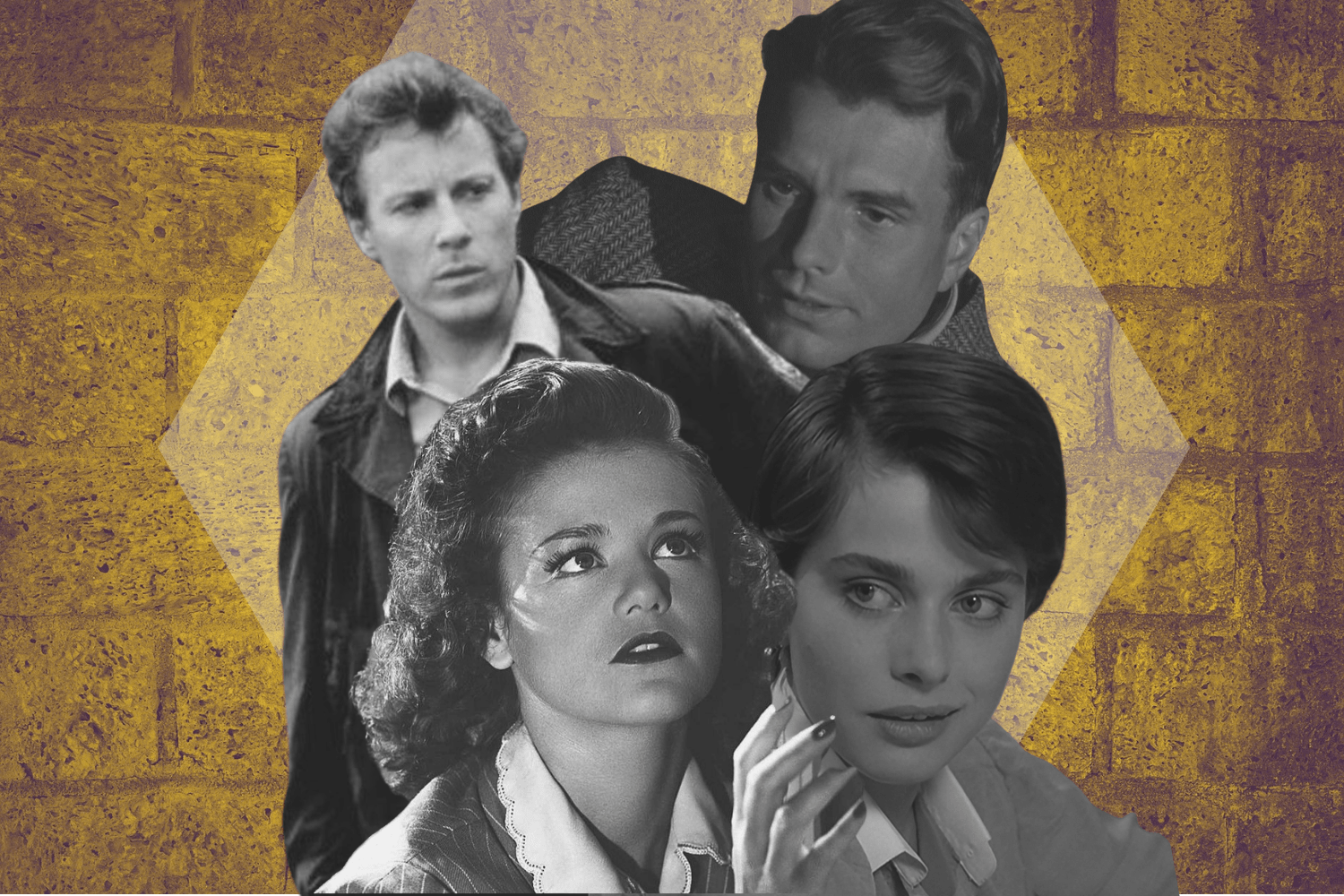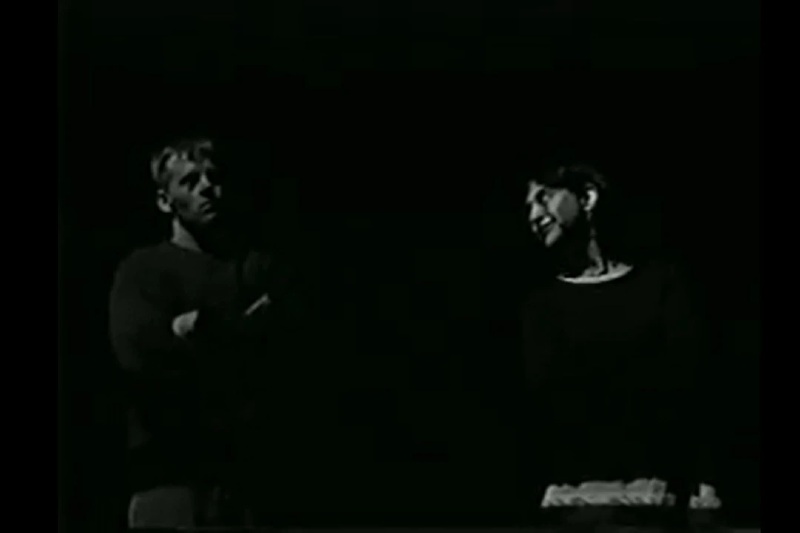In a genre typically considered “for the guys,” it’s time to give a nod to the ladies. Uterus Horror is a subgenre of horror films that focuses on the uniquely female experience of puberty and the act of coming into your sexuality, using horror elements to emphasize and/or act as a metaphor for that experience. These films are often ignored in theaters but quickly develop cult followings. Columnist Molly Henery, who named and defined the subgenre, tackles a new film each month and analyzes how it fits into this bloody new corner of horror.
One of the most common themes of Uterus Horror films is an innate fear of some big change at a pivotal point in a young woman’s life. This can be going through puberty, falling in love for the first time, or having their first sexual experience. It is a deeply rooted fear of what a woman’s body is capable of that has been passed down from generation to generation. Two films that demonstrate this quite well are the 1942 and 1982 versions of Cat People.
The original Cat People, released in 1942, was directed by Jacques Tourneur (I Walked with a Zombie, Curse of the Demon) and written by DeWitt Bodeen (The Curse of the Cat People, The Seventh Victim). In this film, the audience is introduced to Irena Dubrovna (Simone Simon), a Serbian immigrant working in New York as a fashion illustrator. While sketching a black panther at the zoo, Irena meets Oliver Reed (Kent Smith). The two quickly form a relationship, but Irena is reserved and holds something back. Eventually, she reveals to Oliver that she is descended from a race of cat people. Unfortunately for her, this means sexual arousal will cause her to transform into a panther, so she can never have sex with Oliver. Oliver, not truly believing her story, still asks her to marry him and the two are wed.
The rest of 1942’s Cat People depicts the downward spiral of Irena as she continues to remain celibate, even in marriage. Oliver begins to turn to his co-worker, Alice (Jane Randolph), for a friendly comfort that eventually leads to romance. Irena’s jealousy and sexual frustration lead to her stalking Alice as if she were prey; she then visits her psychiatrist (Tom Conway), kissing him to trigger her transformation. She kills the psychiatrist to return to human form, then goes to the zoo to release the panther. The panther kills her as it escapes, before being hit by a car itself. When Oliver and Alice find a dead panther where Irena’s body would be, they realize she was telling the truth.
On the surface, Cat People is a cautionary tale about female sexuality. While men are typically allowed to be sexual creatures and give in to their baser instincts, women are told to be prim and proper while hiding their sexuality. Irena is the type of extreme case favored in horror—giving in to her sexuality results in her transformation and someone else’s inevitable death. Cat People approaches this trope differently, using the transformation as an allegory for a woman's most basic sexual impulses. Typically, when we see this kind of transformation in horror, it is more closely connected to puberty and the major bodily changes people experience.
While the Uterus Horror themes in the 1942 version of the film are a bit more subtle, the 1982 remake of Cat People expands on these ideas and even introduces some new ones. Directed by Paul Schrader (First Reformed, Dominion) and written by Alan Ormsby (Deathdream, Popcorn), 1982’s Cat People uses much of the same plot of the original film, with a twist. Irena Gallier (Nastassja Kinski) travels to New Orleans to reunite with her long-lost brother, Paul (Malcolm McDowell). Irena grew up in the Canadian foster care system while Paul spent his childhood in psych wards.
After her first night in a new city, Paul vanishes, leaving Irena all alone. Without informing his sister, Paul goes to meet a sex worker and attempts to kill her after transforming into a black leopard. Unfortunately for him, he is caught and placed in the New Orleans Zoo, which Irena visits later that day and meets zookeeper Oliver (John Heard). Much like in the original film, the pair quickly spark a romance, but virginal Irena always shies away from being intimate with Oliver.
There are a few aspects of the 1982 film that make it quite different from its 1942 inspiration. One of these differences is that Irena doesn’t know the truth of her heritage—Paul does. In order to become human again and escape his imprisonment in the zoo, black leopard Paul kills a zookeeper by ripping off his arm. When he reunites with Irena, Paul reveals the truth about them, explaining that having sex will cause them to turn into black leopards and they can only return to human form after killing. The only way to have sex without transforming is to sleep with each other.
This brings us to what is likely the biggest change between the original and 1982 remake. After Irena rejects Paul’s advances and flags down a cop, it is discovered that Paul has a cage in his basement filled with human remains. The police speculate Paul is into some strange rituals where he has been feeding young women to a caged leopard, but Irena now knows the truth. When Oliver takes Irena away from the city to hide from Paul until he can be apprehended, she does everything she can to not sleep with this man she clearly loves. Even when her arousal becomes almost unbearable and she starts to feel herself change, she runs into the night naked and kills an animal rather than risk harming Oliver.
By adding the character of Paul, the audience gets a very telling juxtaposition. On the one hand, you have Irena. She is sweet, loving, and would do just about anything to avoid having sex, especially after Paul explains their ancestry. She doesn’t want to change. She is fearful of it, especially if it means she risks killing the man she loves. And then there’s Paul. He knows the truth of what he is, yet he relishes in it. He knows having sex will cause him to change into the black leopard. He also knows that the only way he can become human again is by killing. Instead of trying to avoid this, Paul purposefully seeks out sex workers, runaways, and any other woman whose disappearance he believes will go unnoticed. He sleeps with these women knowing he is going to kill them.
Eventually, Irena agrees to go with Paul because she knows it means sparing Oliver’s life. Unfortunately, Oliver and his coworker Alice (Annette O’Toole) interrupt this exchange. Paul is far enough in his aroused state that he turns into the black leopard and tries to kill Oliver, but Alice manages to shoot leopard Paul with a shotgun just in time. When he dies, Irena realizes she is now more alone than she has ever been in her life.
Irena’s continued affection for Oliver, and a growing jealousy of his friendship with Alice, cause her to become more and more catlike. It gets to the point where she can’t hold herself back anymore and she sleeps with Oliver. Afterward, when she transforms, she runs away rather than hurt the man she loves. Black leopard Irena escapes to Oliver’s country home and kills the caretaker to become human again. When Oliver finds her, she begs him to kill her. He loves her too much to kill her, so instead Irena asks Oliver to sleep with her once more so she will transform, and she can live “with [her] own kind.” He agrees, and Irena is shown once more as a black leopard at the zoo, gently eating from Oliver’s hand.
This ending emphasizes Irena’s humanity in contrast to Paul. Paul died trying to get everything he wanted, without any regard for the lives he destroyed. Irena fought this nature and chose to live a solitary life as a leopard to keep from killing, even though she knew it meant never being with the man she loved again.
Both versions of Cat People have quite tragic endings; both films also seem to emphasize the dangers of sexuality, with the 1942 version especially focused on controlling female sexuality for fear of its consequences. Conversely, the 1982 version shows Irena and Paul side-by-side with the same fallouts of their sexuality, but instead the film emphasizes the vast difference in how men and women deal with these aftermaths. In both, women are forced to withhold their sexual desires while men, even Paul, are allowed to act out their impulses without any real fear of the repercussions. Each version of Irena is forced to carry the generational burden of purity and self-control, which is a burden rarely, if ever, placed on men.
Visit our Editorials page for more articles like this. Ready to support more original horror criticism? Join the Certified Forgotten Patreon community today.







